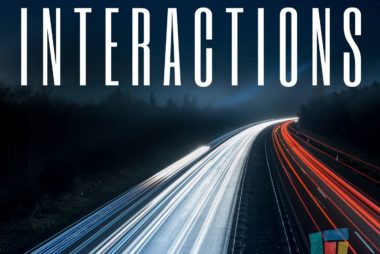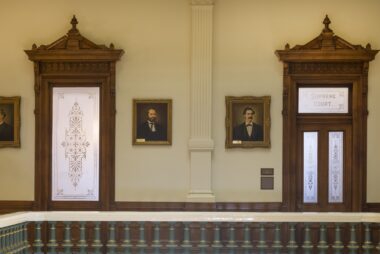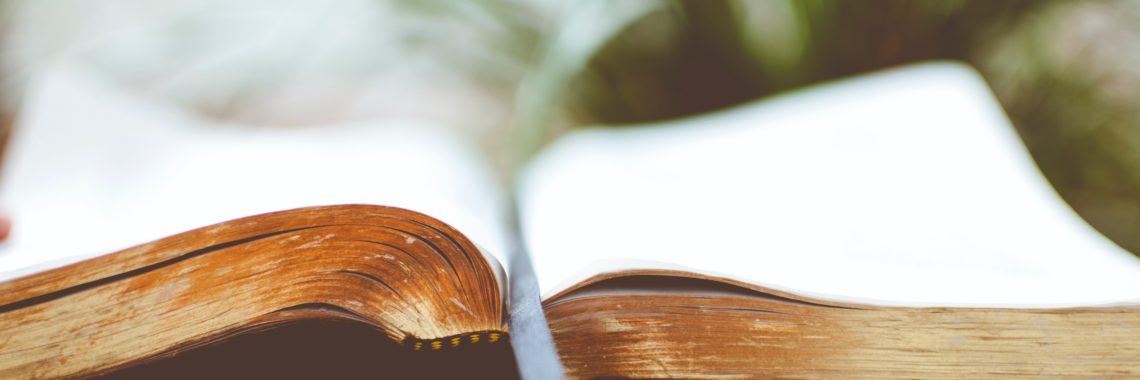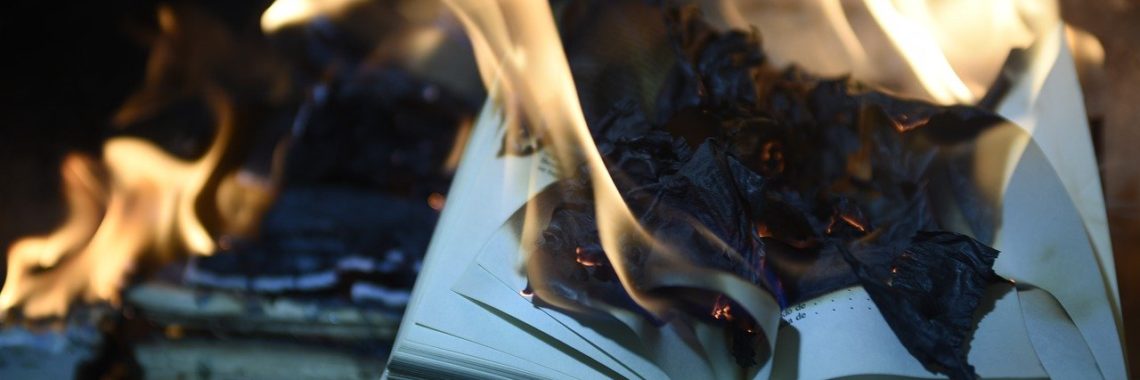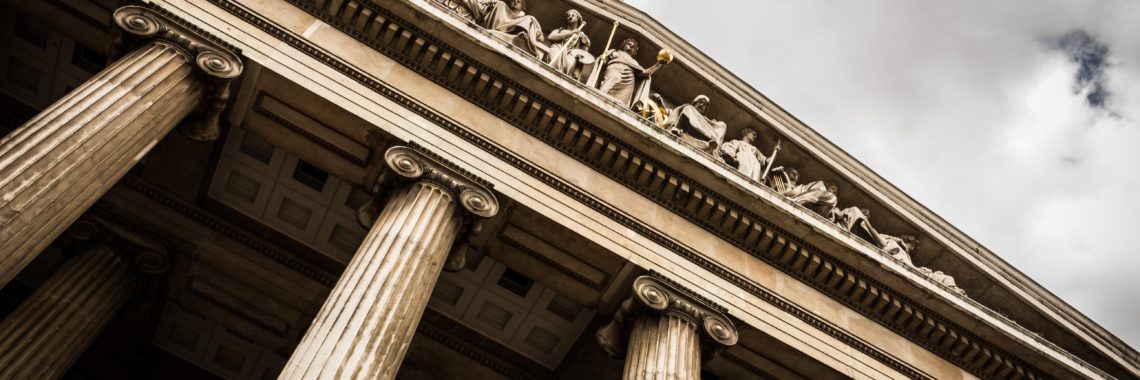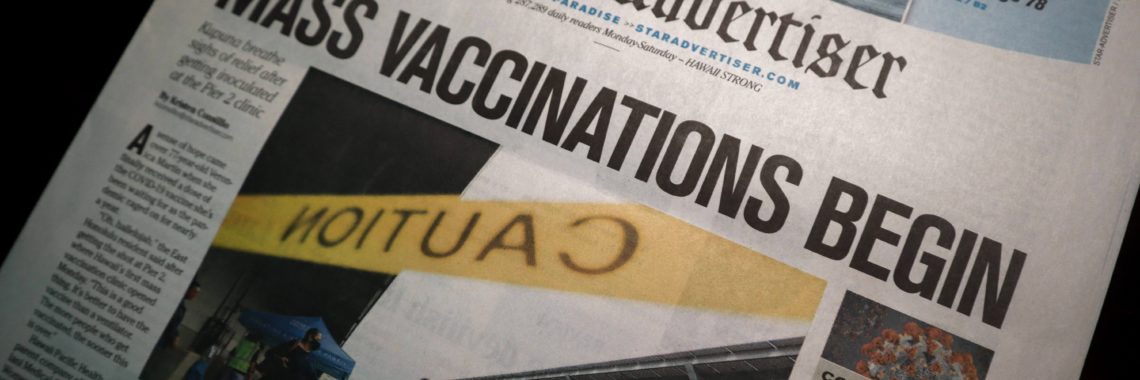“Resilience During a Pandemic: What Citizens Teach Us About Faith, Policy and other Questions” by Robin Fretwell Wilson, Ruby Mendenhall, Marie-Joe Noon, Karen Simms, and Sara Buitron Viveros
Photo by Aaron Burden on Unsplash. This article is part of our “Law and Religion Under Pressure: A One-Year Pandemic Retrospective” series.If you’d like to check out other articles in this series, click here. On March 21, 2020, Americans became shut-ins overnight. Around 245 million people in the U.S. found themselves under stay-at-home orders. In Illinois,…



